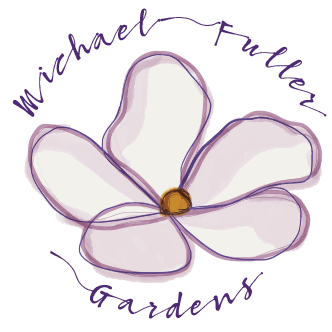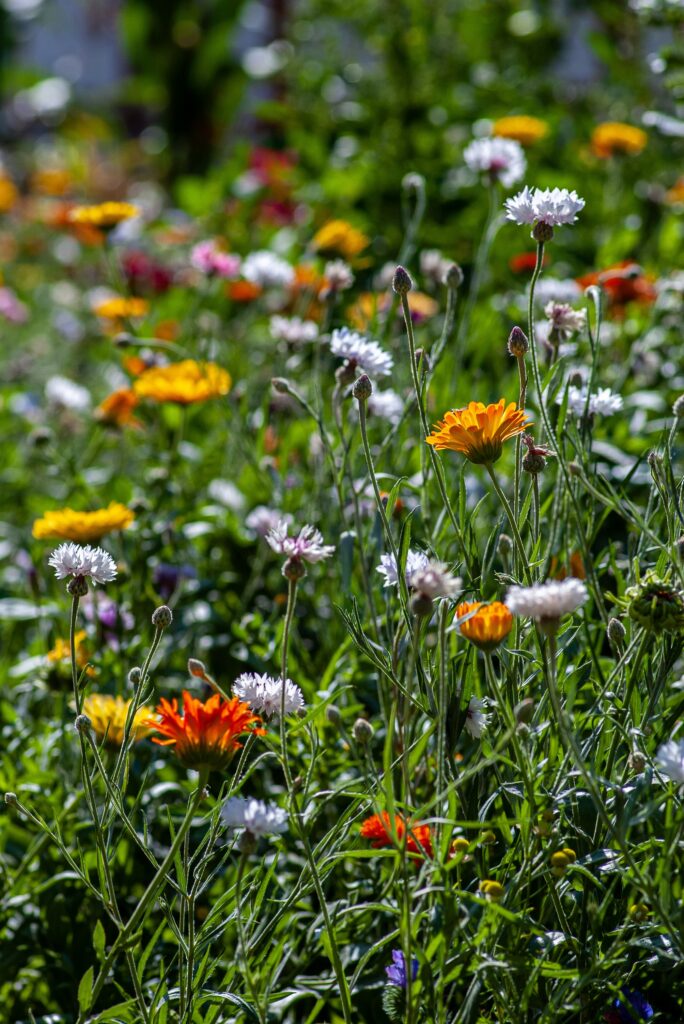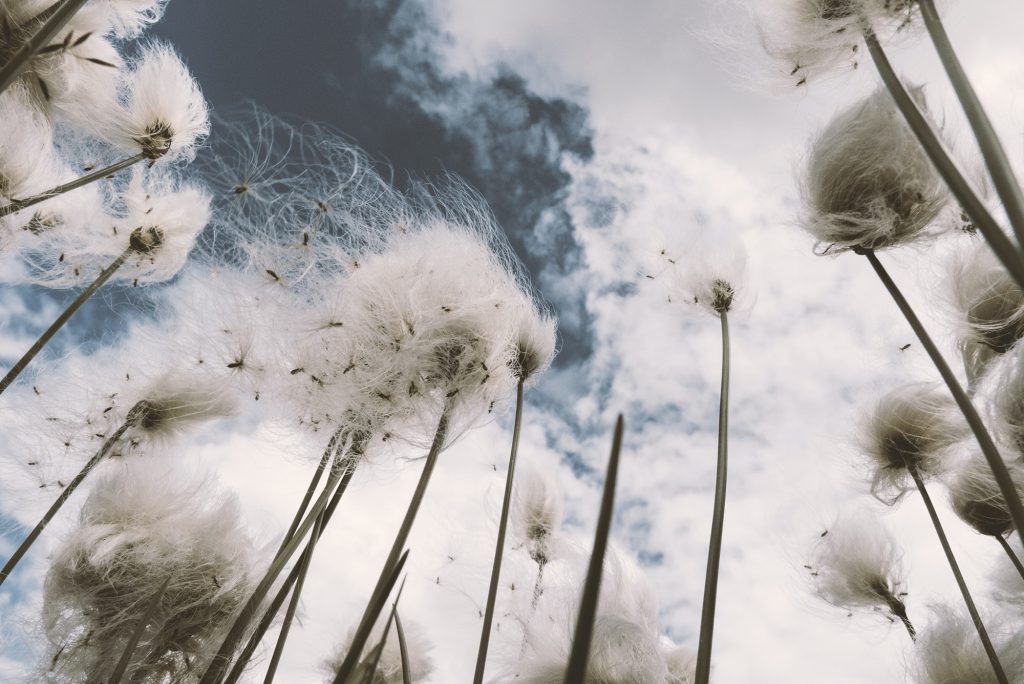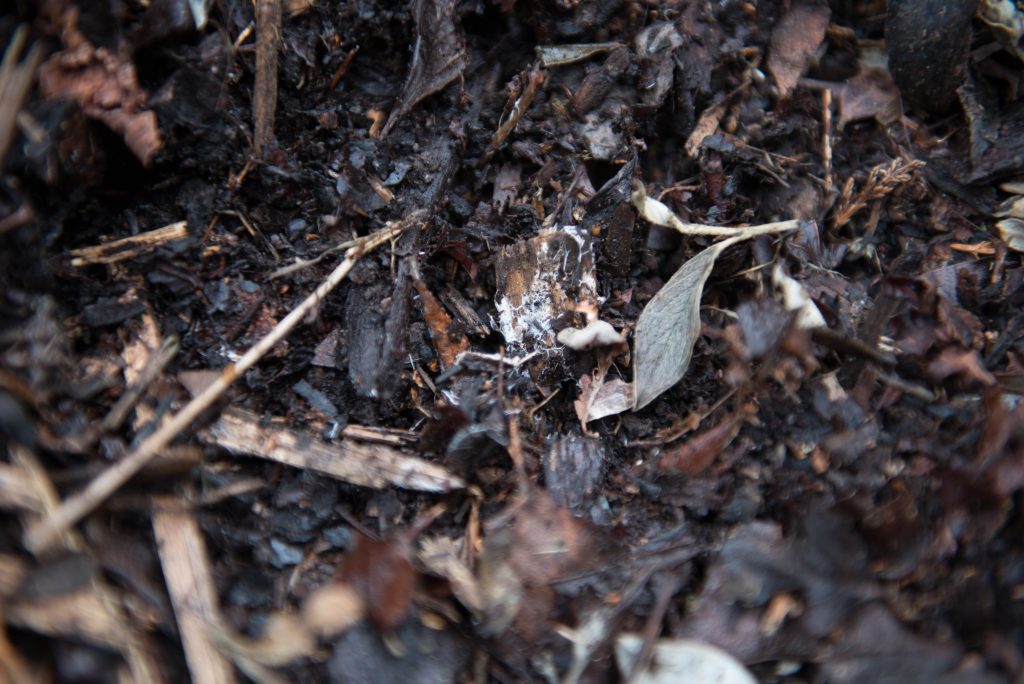Our Native Daffodil – the Lent Lily.
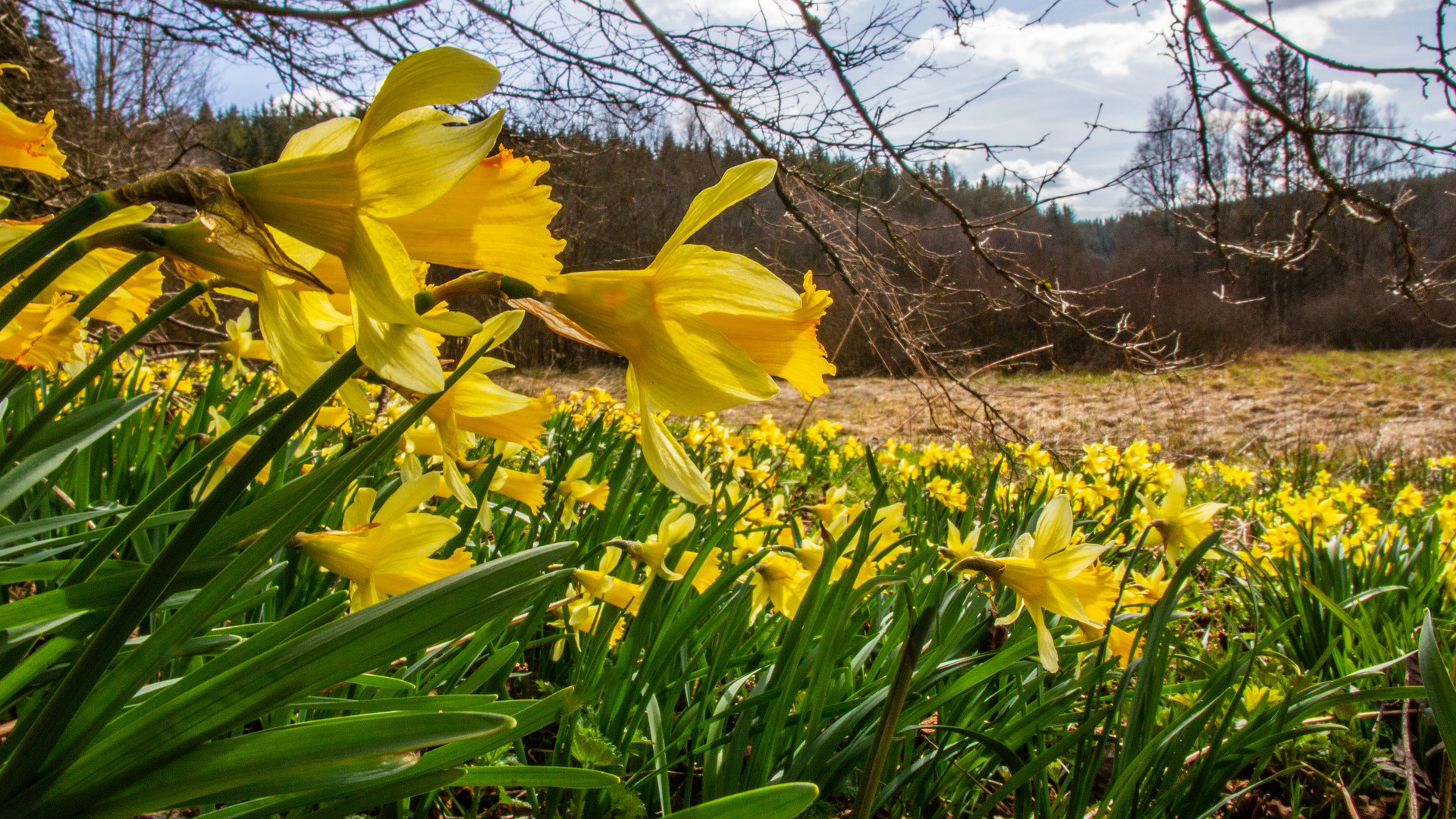
‘‘I never saw daffodils so beautiful; they grew among the mossy stones about them, some rested their heads upon these stones as on a pillow for weariness and the rest tossed and reeled and danced and seemed as if they verily laughed with the wind that blew upon them over the lake; they looked so gay ever dancing, ever changing” – Dorothy Wordsworth
As a professional gardener for over 40 years my views on plants and planting styles have evolved over time; this is particularly true in my relation to the daffodil. When I started out in the parks departments of Southampton and Perth in Scotland, I was an avid fan of hybrid daffodils, designing them into any planting plan I could: flower beds, meadows and even roundabouts. I liked the fresh vibrancy of them, the instant brightness, the spectacular colours and forms: small, medium, large, single, semi-double, double, scented, frilled, multi-coloured, multi-stemmed and so on. There is no denying that they can be spectacular in the right setting, and flowering usually around Easter they can bring a wonderful sense of relief that winter is over and that the forces of life and resurrection are present all around us. I think this is why I felt so attracted to them and why we collectively still plant so many in our gardens.
However, over the years my tastes have changed, and I feel less attracted to the garishness of the hybrid daffodils and feel more drawn to the original native daffodil – Daffodil pseudonarcissus – from which all the other hybrids have been developed. The daffodil itself is small, around 15 – 20cm in height, with a simple yellow single trumpet and slim green leaves. That’s it! Barely any scent, no frills, no other colours. Not spectacular, not outstanding, rather humble. However, their humility works well when they are harmoniously growing en masse – in my opinion, the best way to enjoy these daffodils. The most famous places to view these plants are not only in the Lake District (at Ullswater for example – made famous by Dorothy and William Wordsworth), but also in Farndale in the North Yorkshire Moors and the ‘golden triangle’ of Gloucestershire around the villages of Dymock and Kempley. Additionally, closer to home there are areas in the Ashdown Forest (around Pooh Bridge and along the banks of Tabell Ghyll) where one can also see them.
If you are not able to visit these places it is possible to replicate the effect in your own gardens: planting in large drifts in areas of meadow. I don’t recommend planting daffodils in flower beds as they tend to look ugly after flowering as the leaves have to remain (and wither) for up to 10 weeks after flowering. If this doesn’t happen the bulb will be blind the following year as it has not received enough nutrition through the photosynthesising leaves. In meadows, this is of course not a problem as the leaves become assimilated and then lost into the general summer growth of the other meadow plants. When planting, buy as many as you can afford and be generous and not too ambitious: choose a few patches with many bulbs (say, at least 30-40 in small gardens, more in larger gardens) rather than many patches with only a few in number – this will replicate the ‘drift’ effect seen in nature. Additionally don’t try to position the bulbs too carefully – follow the advice of William Robinson, the famous gardener of the last century (and designer of Gravetye Manor Garden), who advocated throwing the bulbs on the ground and planting them where they landed – sometimes close to each other, sometimes further away. Both these techniques will help replicate the natural look.
On a final point, there are now real dangers that the above-mentioned areas of wild daffodils are being threatened by hybrid daffodils, simply by the large numbers of the latter now being planted and cross-pollinating with the wild ones. There are conservationists in these areas warning of this threat, both horticulturally and aesthetically, suggesting one way we could help is to plant fewer hybrids and more of the native daffodil. (In 2010 one conservationist, Dr Andy Tasker, the former chief executive of the Warwickshire Wildlife Trust, launched a one-man campaign against the practice, describing efforts to brighten up road verges and picnic spots with modern strains of daffodils “like painting lipstick on the Mona Lisa”).
Whilst we don’t need to be too fundamental in our aesthetic choices – sometimes ‘bling’ in the garden can be fun and welcome, I believe that a move towards the humbler native plants and styles like wild daffodils in drifts will do a lot to counteract the ‘busy-ness of life’, which could also be seen as an addiction to ever more excitement. Perhaps we need to sometimes let go of this busy-ness and find a way back to natural planting styles, reminding us that nature is nourishing in her natural humility. It is interesting that the wild daffodil is also known as the ‘Lent Lily’, flowering as it does in the period leading up to Easter, traditionally a time to be frugal and humble. Maybe by planting more of these simple, ‘quiet’ Spring flowers we can feel into the Lenten mood a bit deeper, sensing the truth of William Wordsworth’s observation – “With an eye made quiet by the power of harmony and the deep power of joy, we see into the life of things”

